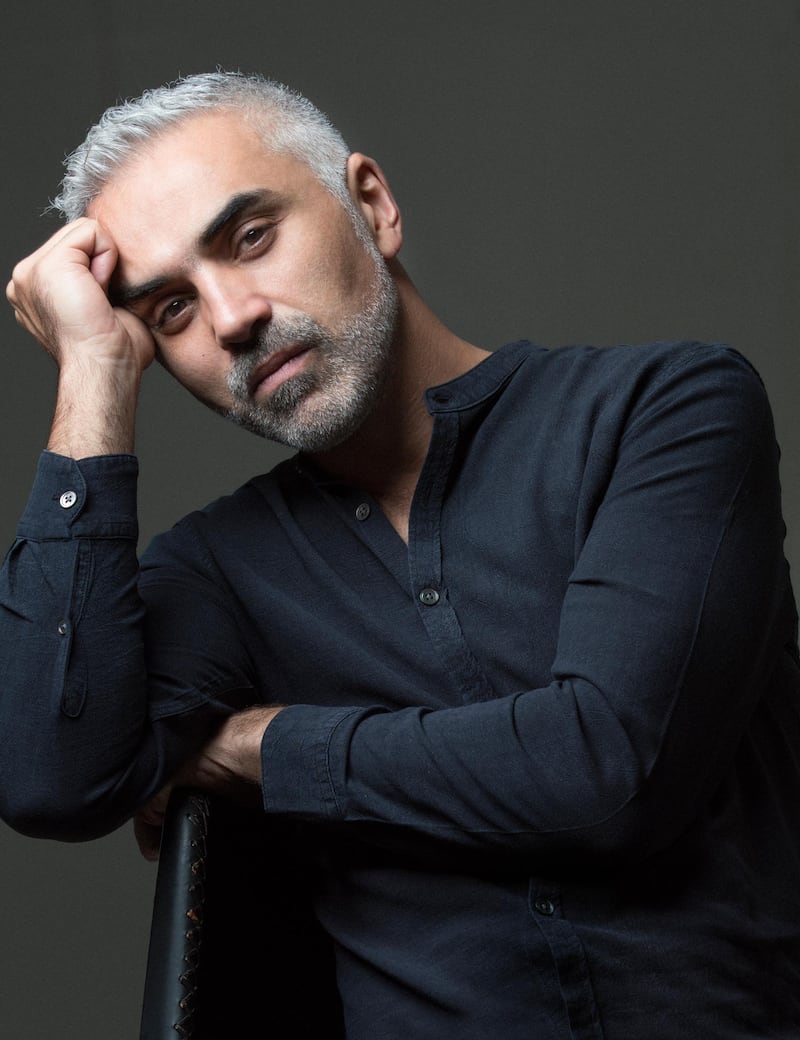Sharjah is looking to transform the discussion around urban life with its new initiative, the Sharjah Architecture Triennial, which has announced the curator for its inaugural exhibition.
Adrian Lahoud, dean of the School of Architecture at the Royal College of Art in London and a researcher on Arab cities, will curate the new initiative’s flagship event, to be held in November 2019.
Platform for architecture and urbanism
The triennial is led by Sheikh Khalid Bin Sultan Al Qasimi, chairman of the Sharjah Urban Planning Council. "The triennial fits his vision of creating more humane and socially responsible cities for residents," says Mona El Mousfy, who is working on the project. The ambition, she says, "is to introduce a new vitality into Sharjah urban development" and "deal with issues of sustainability and social well-being" that come under the umbrella of architecture and urbanism.
The triennial, as the name implies, will be an exhibition and series of events held every three years. It will also be an ongoing series of public events, focusing on the Menasa region, that bring together architects, public institutions, urbanists, and, most crucially, the public.
"The triennial is not just the event itself," El Mousfy says. "It's a platform for thinking about architecture and urbanism. It draws on international conversations, but remains rooted in the region."
The model will be the Sharjah Art Foundation, which has similarly morphed from a biennial event, with a high international profile, to a biennial complemented by a series of exhibitions and events oriented towards the UAE public.
El Mousfy, who is the architect of the Sharjah Art Foundation spaces, calls it “a sister programme that has led by example”.
Incorporating heritage conservation
Lahoud, meanwhile, is a highly respected urban designer, researcher and architect whose work engages with some of the most incisive modes of questioning and difficult problems in architecture – topics such as the Anthropocene, which responds to the level of human interference in the environment; the role of feedback systems in understanding urban development; and the political ramifications of architecture and spatial design.
Born in Australia to Lebanese parents, he has researched, for example, the intersection between climate resources and indigenous land claims. Other projects have looked at infrastructure networks in the Mena region and the typologies of the cities.
The question of architecture in the Emirates' cities increasingly incorporates heritage conservation of buildings of the 1980s and 90s. The Sharjah Art Foundation has begun acquiring landmark and distinctive buildings, both to use as exhibition spaces and as a means of conservation.
______________________
Read more:
[ A new project traces the history of the UAE's urban design ]
[ NYUAD exhibition shows the global influence of the Gulf's cities ]
[ Sheikha Hoor Al Qasimi on flying saucers, nostalgia and building on Sharjah’s past ]
______________________
The so-called Flying Saucer, which used to be a French patisserie in Sharjah, is now an off-site exhibition space for the foundation, recently hosting a Robert Breer retrospective and Hoor Al Qasimi's exhibition 1980-Today: Exhibitions in the United Arab Emirates that she curated for the UAE National Pavilion at the Venice Biennale in 2015. Kalba, a 1970s-era ice factory an hour east of Sharjah city, has likewise been used as an exhibition site and for public workshops.
Elsewhere, a focus on urban design studies is also coming to the fore. In Abu Dhabi, the urban designer Khaled Alawadi's project for the upcoming Venice Biennale for Architecture, which opens later in May, involves researching and validating former ways of living in the UAE – what Alawadi calls "human-scale" developments that existed before suburban sprawl and shiny towers dominated urban development in the Gulf.






